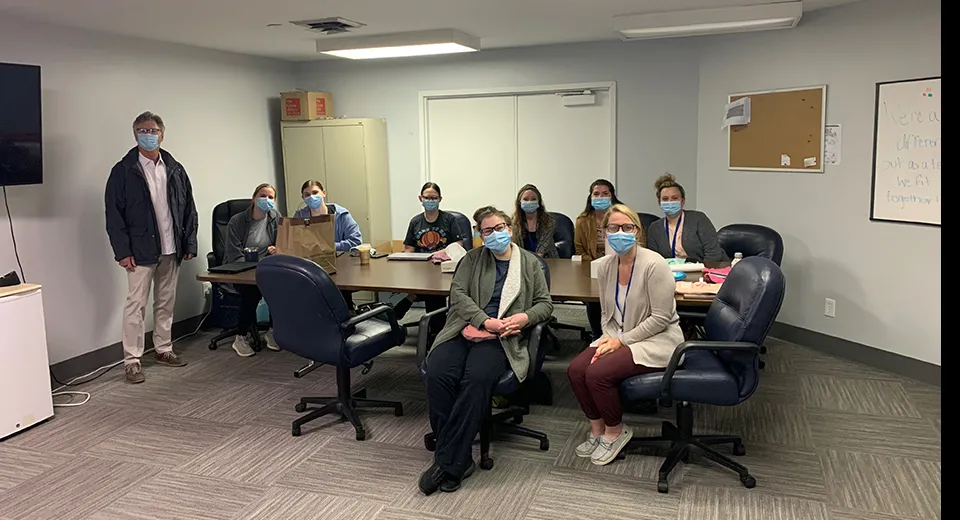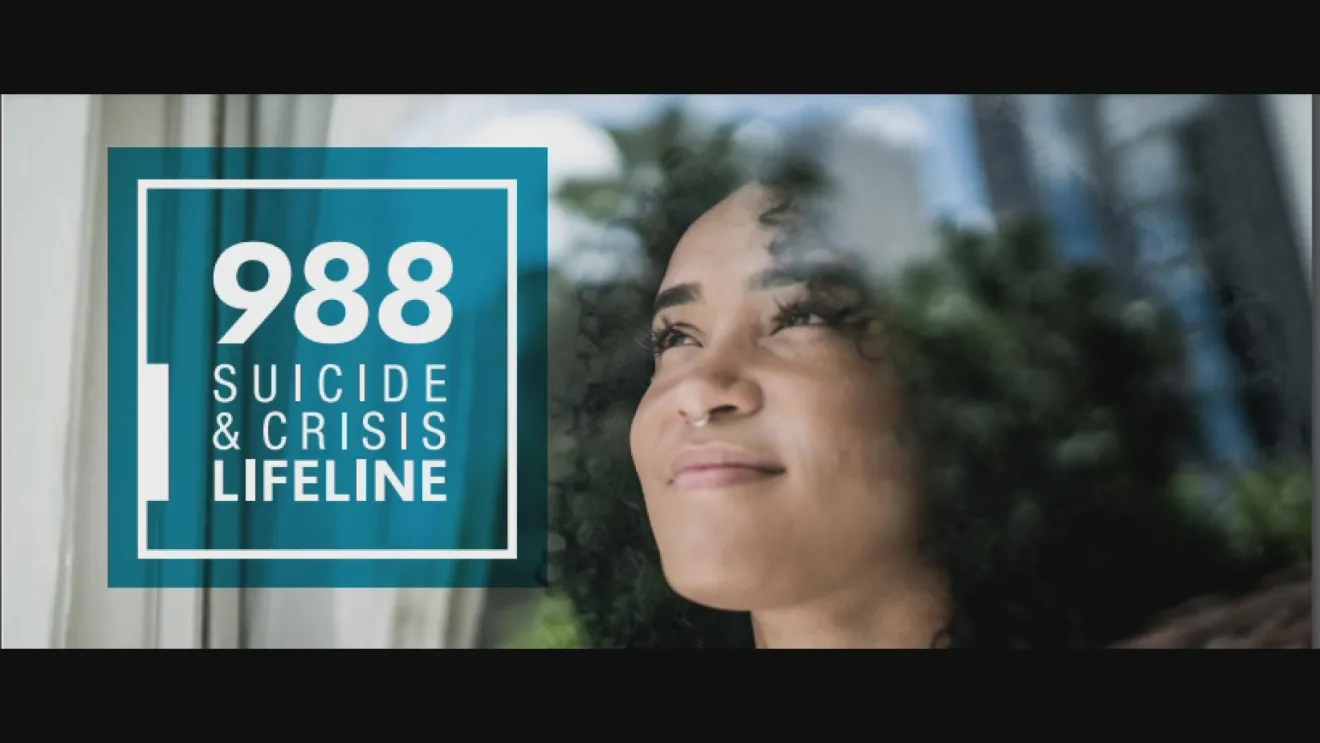What are Invisible Disabilities?
- News

Not every challenge is visible.
When you hear the word “disability,” what comes to mind first? For many, it’s the image of a wheelchair. For you, it could be someone using a cane or hearing aids. If you thought of your friend who struggles with depression or anxiety or your son who has autism, you’d also be correct because not all disabilities are visible at first glance.
Invisible disability is a common but unofficial term for a disability that is not always visible or known. According to the Invisible Disabilities Association, an invisible disability is any physical, mental, or neurological condition that isn’t visible from the outside yet can limit or challenge a person’s movements, senses, or activities. Invisible disabilities include chronic illnesses, sleep disorders, fibromyalgia, chronic pain, mental illness, chronic dizziness, ADHD, depression, anxiety, and many more.
Reading this list, you probably thought of at least one person you know who is living with an invisible disability. Even if no one came to mind, you are likely to have someone in your life struggling with one but choosing to keep it hidden.
One crucial way invisible disabilities differ from more visible disabilities is that they offer individuals the choice of whether to disclose their disability. A person may choose to keep their disability private because of the discrimination they may encounter.
In an article for Teen Vogue, Paula Akpan spoke with seven individuals on what it’s like to live with their hidden disabilities, including OCD, fibromyalgia, autism, bipolar disorder, hearing loss, diabetes, Postural orthostatic tachycardia syndrome (POTS), depression, anxiety, and Ehlers-Danlos Syndrome. All reported struggling with the same misconception, that they “aren’t disabled enough.” Society tends to judge disabilities and make snap judgments about what a person can and cannot do. The individuals interviewed for the article expressed frustration that their disabilities are routinely overlooked. They reported that sometimes people don’t believe they are disabled or think they are faking it to gain attention. Their peers question their health and feel they are too young or appear too healthy to have a disability, so it must be all in their heads. One individual said, “strangers, acquaintances, and family members alike have judged me as lazy and dramatic and treated me as though my POTS doesn’t really exist.”
“Trust your instincts and remember that your health comes before someone else’s preconceived notions of disability,” says Danielle, an individual with type 1 diabetes.
Someone may look healthy but be hurting or struggling internally. A disability—invisible or visible— doesn’t automatically exclude someone from fully participating in society or from enjoying normal hobbies and extracurricular activities. It is not all in the person’s head. For people living with depression, anxiety, or chronic pain, some days will be worse than others. Someone can be perfectly healthy and happy one day and have a bad episode the next. Symptoms can come and go and are often unpredictable.
That’s why it’s important to be patient with everyone you meet—to be understanding and listen before you judge because you never know what someone is dealing with on the inside. No disability is more critical or severe than another, and everyone deserves our respect.








